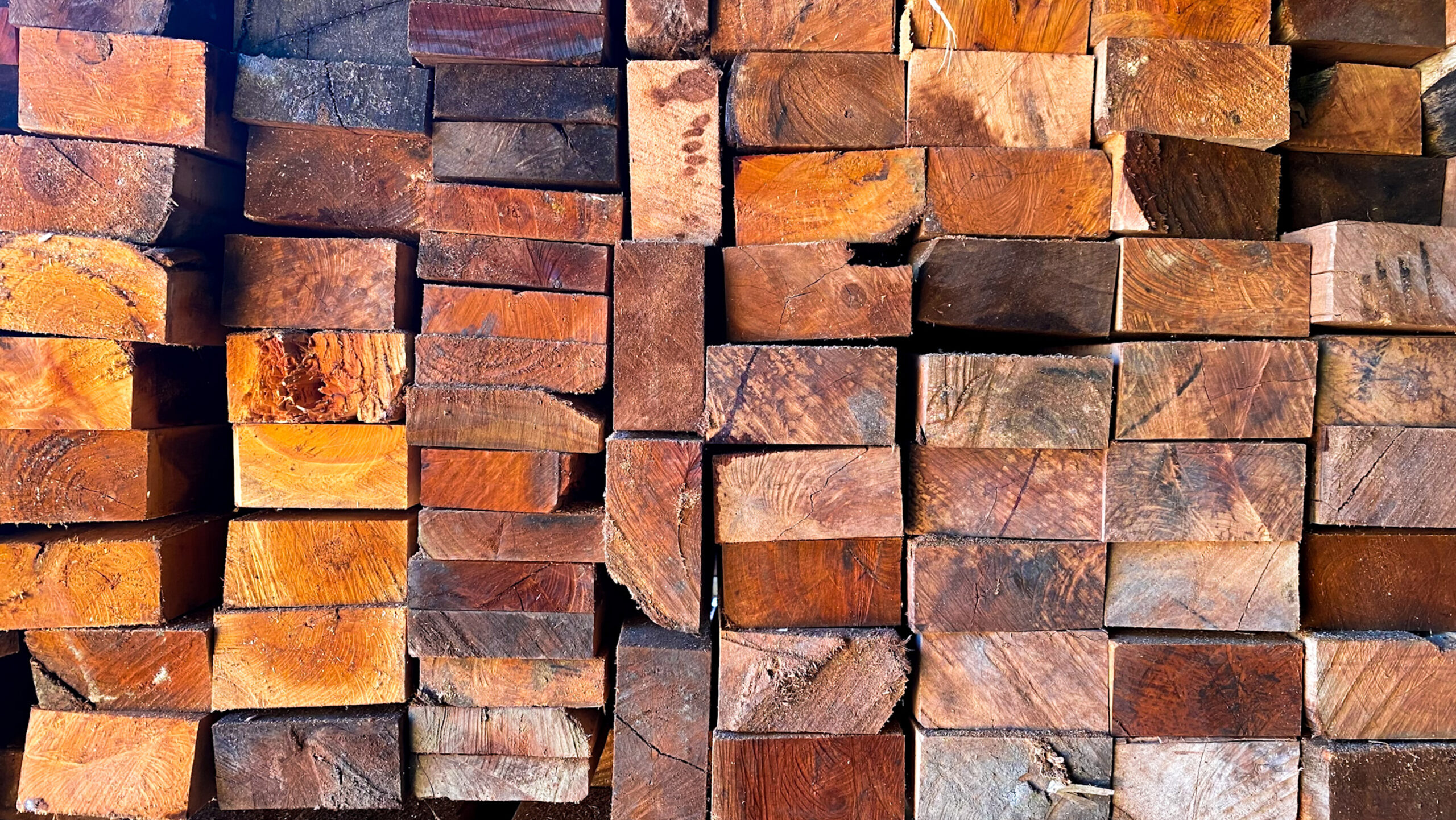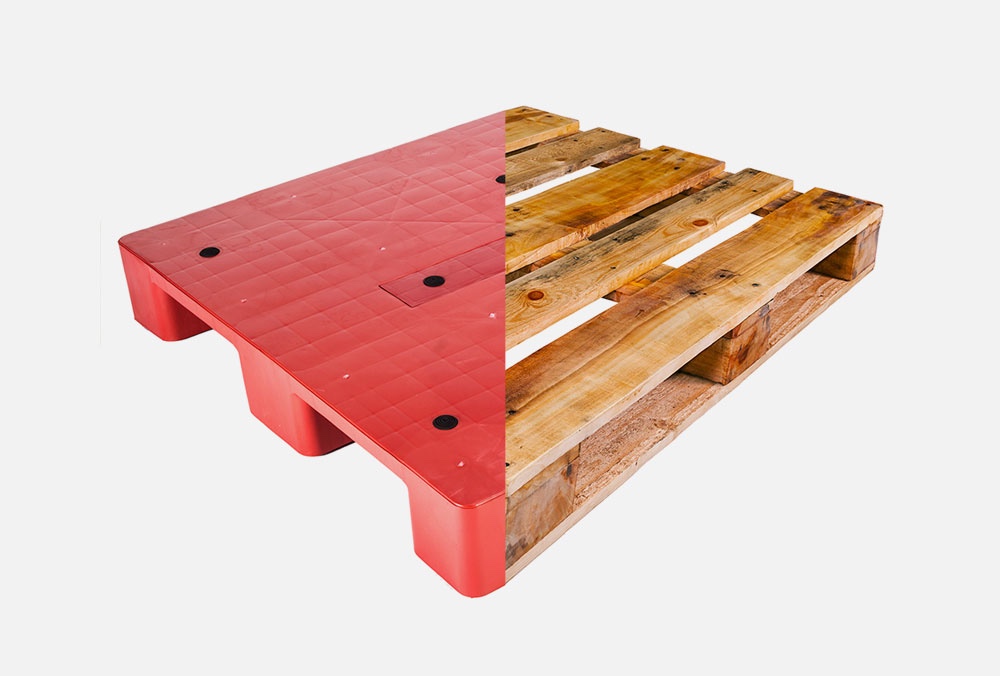The Surprising Versatility of Wood Pallets: A Look at Common Wood Species
Wood pallets play a vital role in today’s transportation and logistics industries, serving as a dependable platform for shipping goods using forklifts, cranes, and front loaders. However, their utility doesn’t stop there. These sturdy structures have also found a new life in DIY projects, transforming into everything from stylish tables to practical shelving units.
What’s even more intriguing is the variety of wood species used to create these pallets. While it might seem like all wood pallets are the same, they’re actually made from different types of wood, each with its unique characteristics. The two most commonly used types are Southern Yellow Pine (SYP) and oak, but there are many options to consider.
Let’s dive into these wood species and discover how they influence the strength, weight, and overall performance of wooden pallets. Southern Yellow Pine (SYP) is a popular softwood choice for pallets, primarily due to its cost-effectiveness. Abundant in supply, SYP helps keep prices low, making it an attractive option for budget-conscious businesses.
One major advantage of SYP is its ability to be kiln-dried, which reduces moisture content in the wood. This process results in cleaner pallets that are particularly suitable for industries where hygiene is paramount, such as pharmaceuticals and food production. By eliminating excess moisture, kiln-dried SYP pallets are less likely to harbor bacteria or mold, providing a safer option for transporting sensitive items. Additionally, SYP’s softness makes it easier to cut and work with, ideal for anyone looking to repurpose pallets for DIY projects. While SYP is softer, it still maintains sufficient strength for lighter loads.
In contrast, oak is a high-density hardwood known for its remarkable strength and durability. As one of the strongest hardwood species, oak is perfect for pallets that must support heavy-duty loads. These pallets are often made from leftover lumber that remains after premium cuts are used for furniture production, giving new life to wood that might otherwise go to waste.
However, working with oak can be more challenging due to its density. Cutting through oak on a table saw requires more effort, and you may encounter some resistance, possibly leading to burn marks around knotholes. This strength is advantageous, allowing oak pallets to be constructed with fewer boards and thinner components while still maintaining high durability. One thing to note is that oak can develop a fuzzy texture over time as the grain slightly separates. While this doesn’t affect the structural integrity, it’s something to keep in mind for long-term use.
Comparing SYP and Oak
Both SYP and oak have their distinct advantages, and your choice between them will depend on your specific needs.
- SYP Pallets: Lightweight and affordable, these pallets are easier to handle and are well-suited for industries that don’t require heavy load-bearing capabilities. Their kiln-dried nature makes them a clean and safe option for transporting food and medical supplies.
- Oak Pallets: Stronger and more durable, oak pallets are ideal for heavier items and long-term use. Although they are harder to work with and heavier to move, their toughness makes them perfect for carrying bulkier loads over greater distances.
At Geo Pallet Ltd., we specialize in crafting high-quality wooden pallets from various wood species, ensuring you find the right pallet for your specific requirements. If you’re unsure which type of wood is best for your pallets, don’t hesitate to reach out. Our experts are here to help you navigate the options and choose the perfect pallet for your business.
Whether you’re transporting goods or diving into a DIY project, Geo Pallet has the ideal solution for you!




